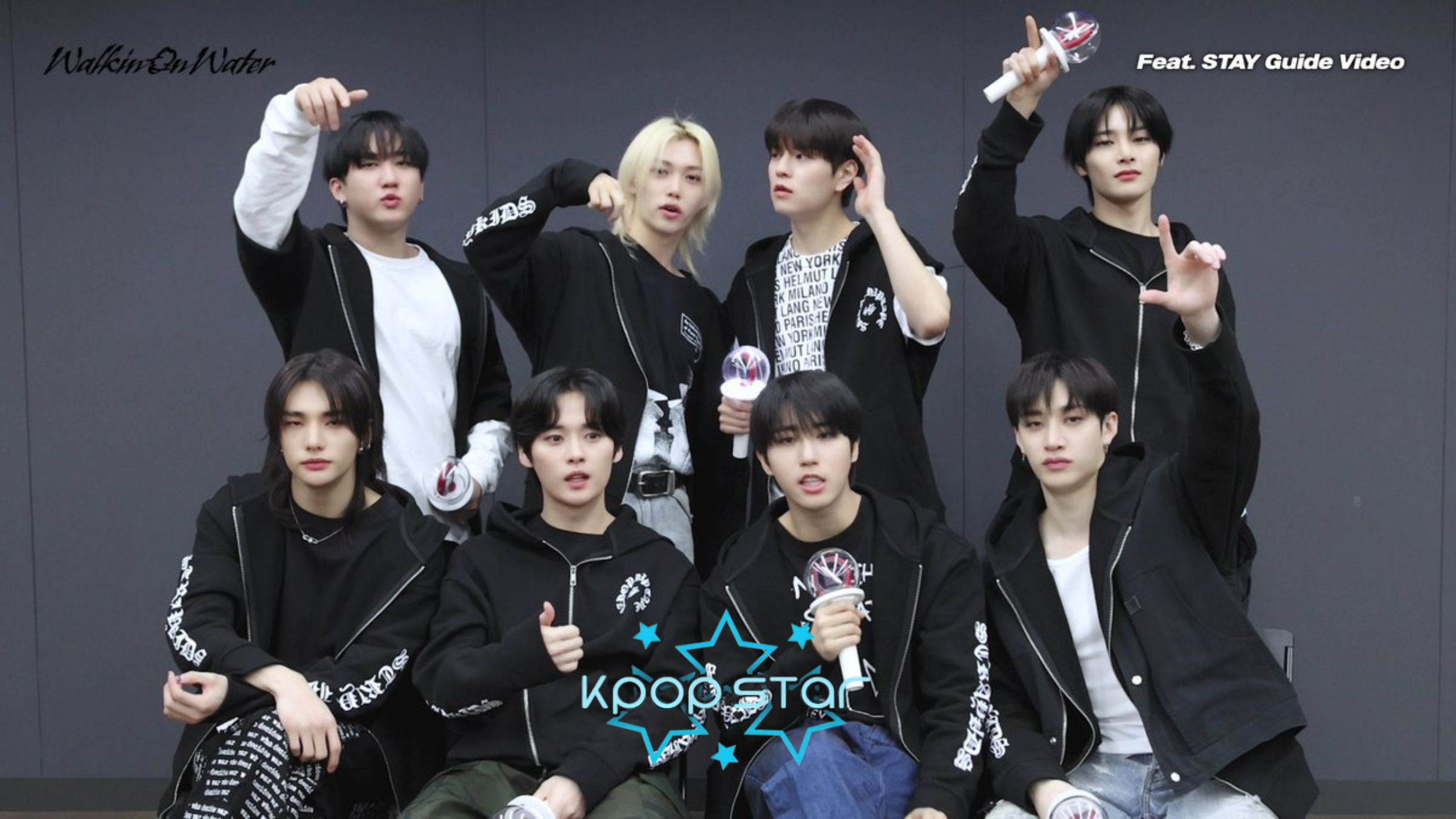“Moving”: A Paradigm Shift in Korean Television Entertainment
Breaking New Ground in Storytelling
The landscape of South Korean television has fundamentally transformed with the emergence of “Moving,” an innovative K-drama that subsequently established unprecedented viewership milestones while garnering widespread critical acclaim. Through its masterful fusion of intense action sequences, supernatural elements, and profound emotional depth, the series has effectively revolutionized narrative conventions within the medium. This comprehensive analysis delves into the multifaceted elements that have propelled “Moving” to its remarkable success.
Narrative Architecture: Weaving Power with Human Connection
The narrative foundation of “Moving” centers on extraordinary individuals who must navigate a society that simultaneously fears and seeks to exploit their supernatural abilities. Rather than embracing typical superhero conventions, the series deliberately strips away the glamorous facade of power, instead thoroughly examining the raw, emotional struggles of its characters. Through this lens, we witness a single mother concealing her superhuman strength and a telekinetic adolescent facing social isolation, each confronting profound challenges of identity and moral complexity.
The series particularly excels through its sophisticated dual narrative approach. While intricate conspiracies and covert government operations drive the external conflict, the characters’ personal journeys provide the emotional cornerstone of the story. For instance, the series masterfully interweaves spectacular action sequences with intimate character moments, such as when a father vulnerably shares his deepest fears with his daughter. This careful balance ensures viewers remain equally invested in both the physical and emotional survival of the characters.
Furthermore, the show deftly navigates between temporal planes, employing strategic flashbacks to illuminate how pivotal moments of trauma, love, and betrayal have shaped each character’s trajectory. This nonlinear storytelling technique not only enriches character development but maintains viewer engagement as disparate narrative elements gradually converge.
Performance Excellence: Bringing Fantasy to Life
The series showcases an exceptional ensemble cast that breathes authenticity into its fantastical premise. Han Hyo-joo delivers a tour de force performance as Lee Mi-hyun, a mother possessing regenerative abilities. Her portrayal masterfully captures the delicate balance between maternal tenderness and fierce determination, particularly evident in scenes where her protective instincts clash with her mysterious past.
Zo In-sung brings remarkable depth to Kim Doo-shik, portraying a telekinetic agent haunted by his participation in classified operations. His subtle yet powerful performance conveys volumes through minimal gestures and carefully controlled intensity. Additionally, Lee Jung-ha emerges as a revelation, portraying Kim Bong-seok, a teenager coming to terms with his newfound ability to fly. His authentic portrayal of adolescent uncertainty and gradual self-discovery resonates deeply with viewers.
Technical Brilliance: Visual Storytelling at Its Peak
“Moving” sets a new standard for production quality in television, featuring state-of-the-art visual effects and sophisticated cinematography. The action sequences demonstrate exceptional choreography, such as an elaborate rooftop pursuit featuring characters navigating between towering structures with balletic precision. The visual effects team demonstrates remarkable attention to detail, from the subtle rendering of telekinetic energy to the nuanced facial transformations during supernatural demonstrations.
The series also employs deliberate color psychology throughout its runtime. Flashback sequences utilize warm, golden tones to evoke nostalgia, while contemporary scenes employ cooler hues to reflect emotional isolation. Director Park In-je amplifies dramatic tension through strategic camera placement, alternating between intimate close-ups during confrontations and expansive shots that emphasize the characters’ vulnerability against urban landscapes.
Universal Resonance: Exploring Fundamental Human Experiences
While “Moving” captivates with its supernatural elements, its exploration of universal themes ensures its appeal across cultural boundaries. The series thoughtfully examines the concept of otherness, drawing parallel to contemporary social challenges faced by marginalized communities. A subplot involving government persecution of powered individuals serves as a powerful allegory for systemic discrimination, encouraging viewers to contemplate societal responses to difference.
Cultural Impact and Future Prospects
“Moving” has achieved unprecedented success, with its finale capturing an impressive 12% nationwide viewership share in Korea. The series has demonstrated strong international appeal, trending across numerous global markets. Online communities actively engage in detailed discussions and theory crafting, highlighting the show’s ability to foster meaningful audience engagement.
As discussions of future seasons emerge, “Moving” stands poised to expand its narrative universe. Potential spin-off series exploring supporting characters’ histories or the origins of shadowy organizations could further enrich the established mythology. Regardless of future developments, the series has already secured its position as a landmark achievement in Korean television.
Conclusion: Redefining Excellence in Television
“Moving” transcends traditional entertainment boundaries, emerging as a significant cultural touchstone. By successfully merging distinctly Korean storytelling elements with universal themes, it challenges conventional genre expectations while inviting viewers to consider superheroes through a more nuanced lens. The series offers an unparalleled viewing experience that combines thrilling action with profound emotional depth, establishing itself as a masterpiece of contemporary television storytelling.



